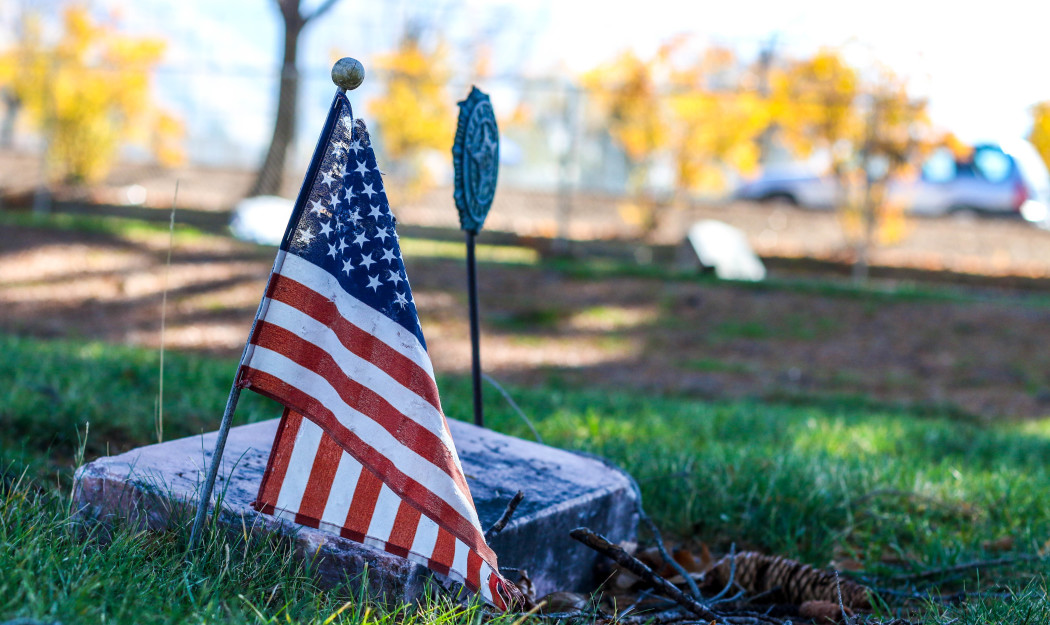Military science on campus: how the ROTC shaped USU’S history
The Department of Military Science at Utah State University has been around since 1892, formed four years after the establishment of the university. Back then USU was known as the Utah Agricultural College, or UAC, and in WWI it operated as a military camp.
In the foreseeable future, the military science building will be moving to a different site, though the location has not been determined.
“The military science building is about 75 to 80 old, it’s overdue,” said Major Jonathan Kenworthy, a full time army national guard officer. Military presence on campus is not as large as it once been.
The National Defense Act, passed in 1916, called for a Reserve Officers Training Corps (ROTC) in the land grant schools, said 2nd Lieutenant Camon Davis in the documentary, “West Point of the West.”
Shortly after the act was passed, Davis said, the president of the Agricultural College, E. G. Peterson, went to the war department in Washington to call for an ROTC program on campus. The idea was not only to be patriotic, but to create financial benefits for the school including federal funding and an alternative to the standard agricultural science courses.
During WWI, the ROTC converted the USU campus into an SATC or Student Army Training Center, and during that time, 1,200 soldiers of the 145th Utah Field Artillery were in active duty.
Many buildings from that time period are still standing, though some of them may be removed from campus in the near future, Kenworthy said. Two of them are the Nelson Field house and the Military Science building.
“The Military Science building and the Nelson Field House are a result of military funding on campus during World War II,” he said. “One of the Colonels worked through the army to put up many buildings to facilitate training officer cadets.”
Though military spending brought great growth to USU in the 50s, Kenworthy said, military presence began to scale back during the Clinton presidential era and there was consideration for getting rid of the ROTC in Utah, but the organization started to grow again around the turn of the millennium.
“The whole situation is really unique in Utah. So back in the Clinton administration, the army was drawing down and it went away for a few years,” said Captain Michael Anderson, an assistant professor in military science. “General Talbot, he was the commanding general in Utah at the time, wanted to bring it back, which is what they did.”
Major Kenworthy and Sergeant Daniel Whittaker represent a partnership with the federal army and the Utah National Guard. The two departments work together in an effort to establish a stronger program.
“We had about fifteen hundred cadets at one time and now we have something like ninety cadets. So now we are one fifteenth of what we were in the heyday,” Kenworthy said. “As a result, campus culture has changed and lot of growth resulted in agricultural sciences.”
— jason.crummitt@aggiemail.usu.edu
@jason_crummitt

